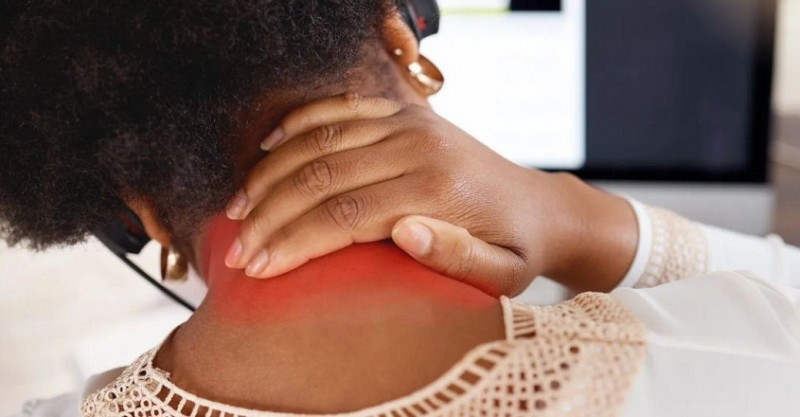
In our technology-driven world, spending long hours on laptops and mobile devices has become a norm. While these gadgets offer convenience and connectivity, they also pose significant risks to our bone health. Prolonged use of these devices can lead to various musculoskeletal issues, affecting our bones and joints. Here’s a closer look at five common bone-related problems caused by excessive screen time and how you can prevent them.
What It Is: Text Neck Syndrome refers to the strain and pain in the neck caused by consistently looking down at mobile devices. This condition is characterized by a forward head posture and rounded shoulders, which can lead to discomfort and chronic pain.
Why It Happens: When you tilt your head forward to view your phone or tablet, the weight of your head increases the strain on your neck muscles and cervical spine. Over time, this can lead to structural changes and persistent pain.
Prevention Tips:
What It Is: Repetitive Strain Injury (RSI) encompasses a range of conditions caused by repetitive motions and poor posture while using devices. Common symptoms include pain, stiffness, and swelling in the hands, wrists, and forearms.
Why It Happens: Continuous typing, scrolling, and tapping can strain the tendons and muscles in the upper extremities. The repetitive nature of these actions can lead to inflammation and chronic pain.
Prevention Tips:
What It Is: Osteoporosis of the Spine is a condition where the bones in the spine become brittle and weak, making them more susceptible to fractures. This can be exacerbated by poor posture from prolonged screen use.
Why It Happens: Spending extended periods in a slouched position while using digital devices can lead to spinal misalignment and increased pressure on the vertebrae. Over time, this can contribute to bone density loss and spinal osteoporosis.
Prevention Tips:
What It Is: Thoracic Outlet Syndrome is a condition caused by compression of the nerves and blood vessels in the thoracic outlet, located between the collarbone and the first rib. It can lead to pain, numbness, and tingling in the shoulders and arms.
Why It Happens: Poor posture, such as slouching or hunching over while using a laptop or mobile device, can compress the thoracic outlet and disrupt blood flow and nerve function.
Prevention Tips:
What It Is: Lower back pain and lumbar disc herniation occur when the discs in the lower back become damaged or displaced, leading to pain and discomfort. Prolonged sitting with poor posture can exacerbate these issues.
Why It Happens: Sitting for long periods, especially in a poor posture, increases pressure on the lumbar discs. Over time, this can lead to disc degeneration or herniation, causing lower back pain.
Prevention Tips:
Excessive use of laptops and mobile devices can have serious repercussions for our bone health. By adopting better ergonomic practices, taking regular breaks, and incorporating physical exercises into your routine, you can mitigate these risks and protect your musculoskeletal system. Prioritizing bone health is essential in our digital age, ensuring that our technological conveniences do not come at the cost of our physical well-being.